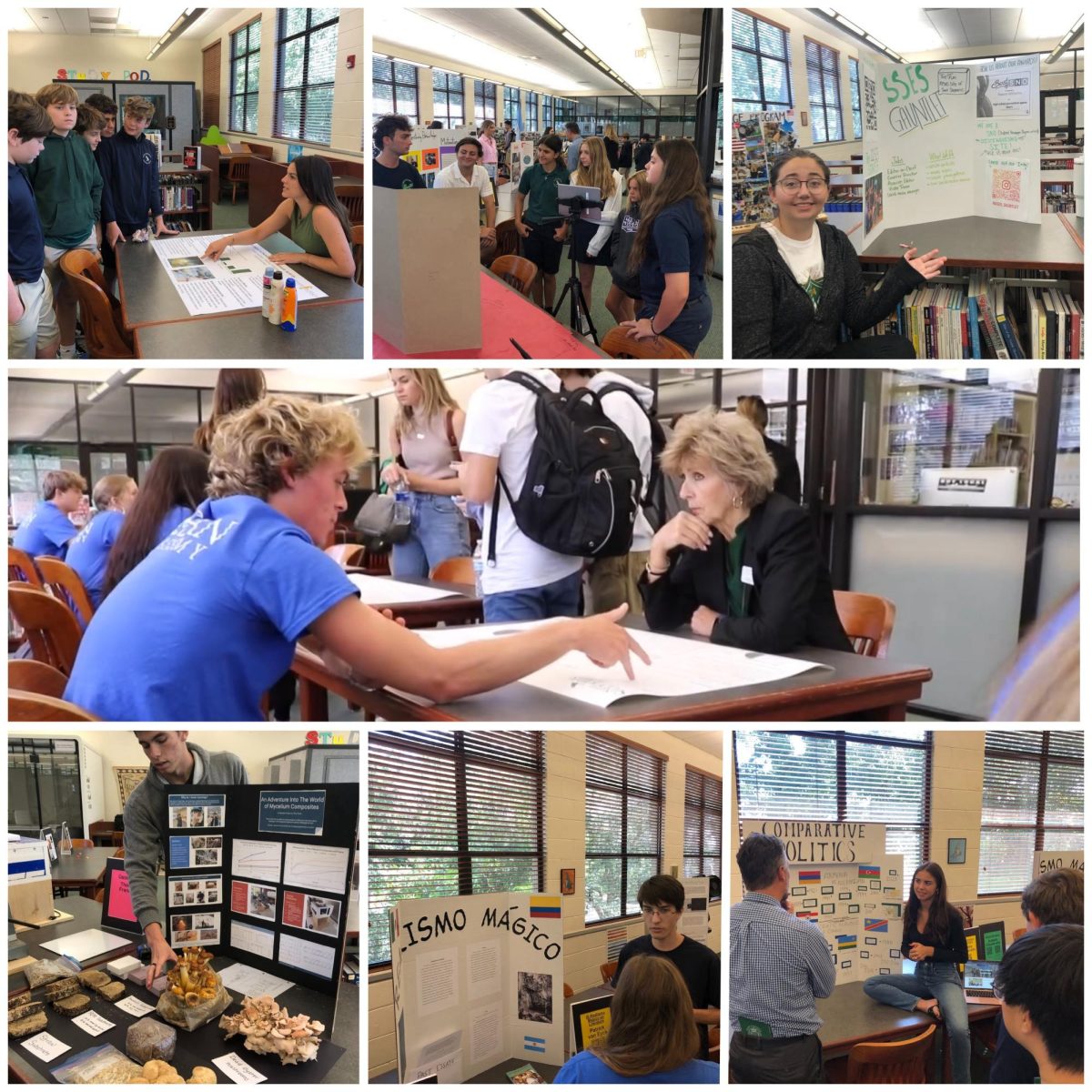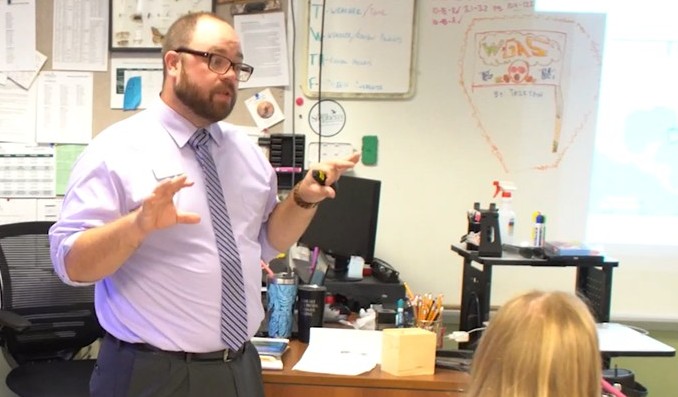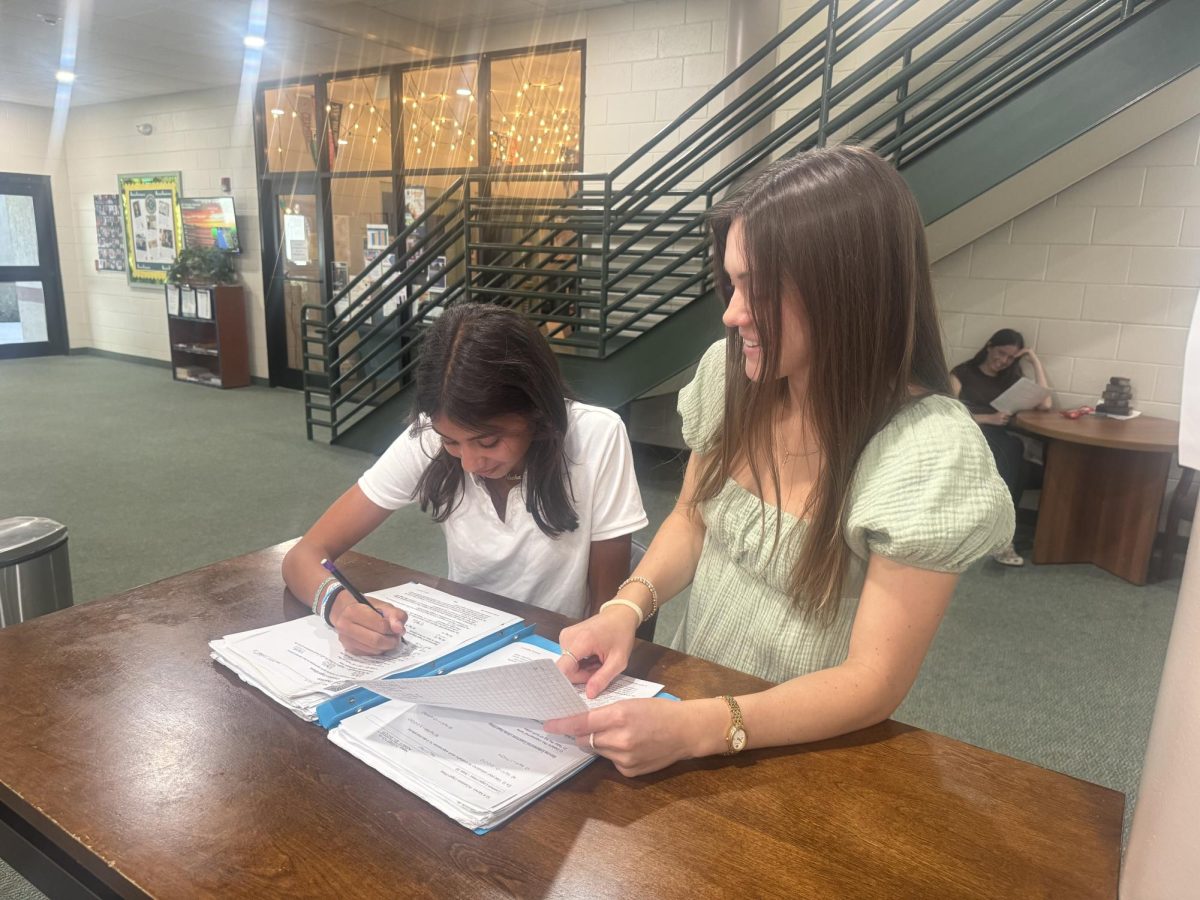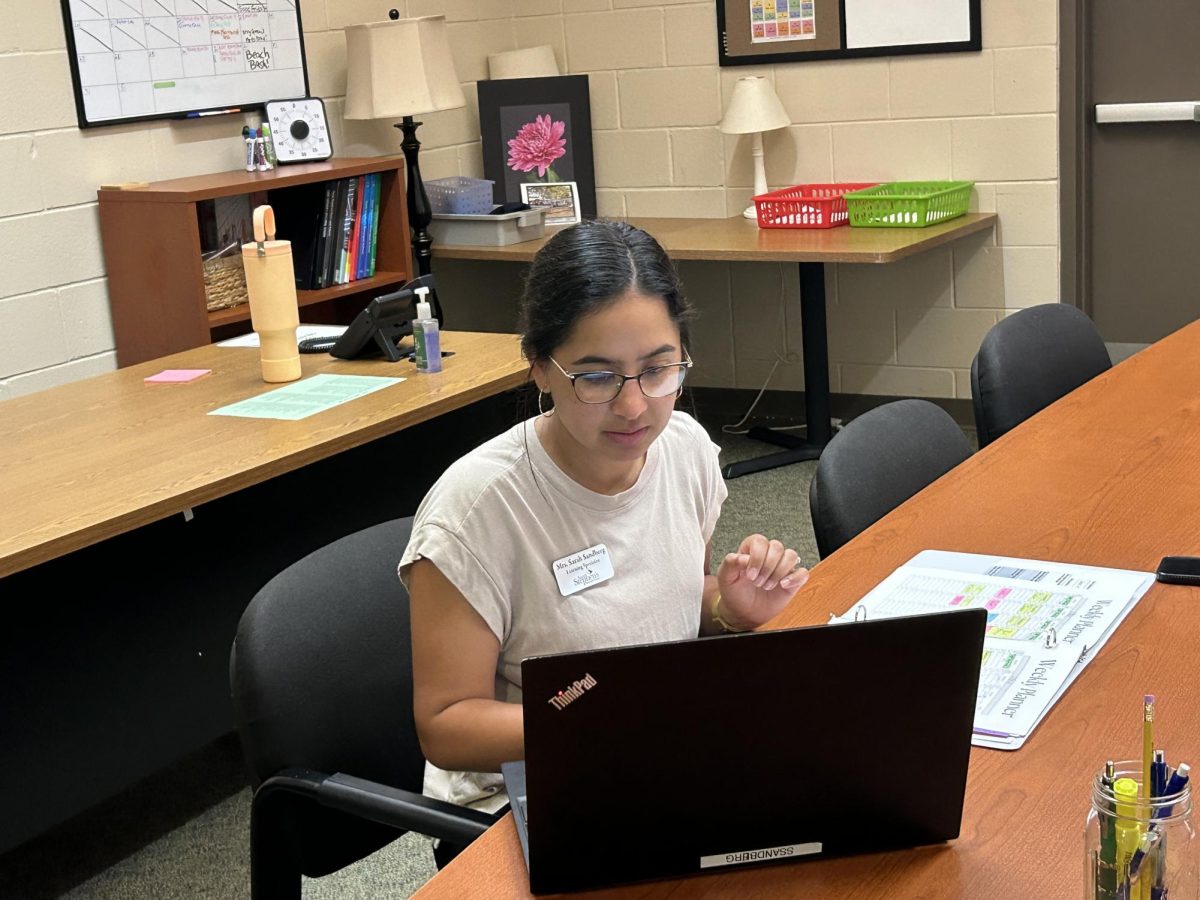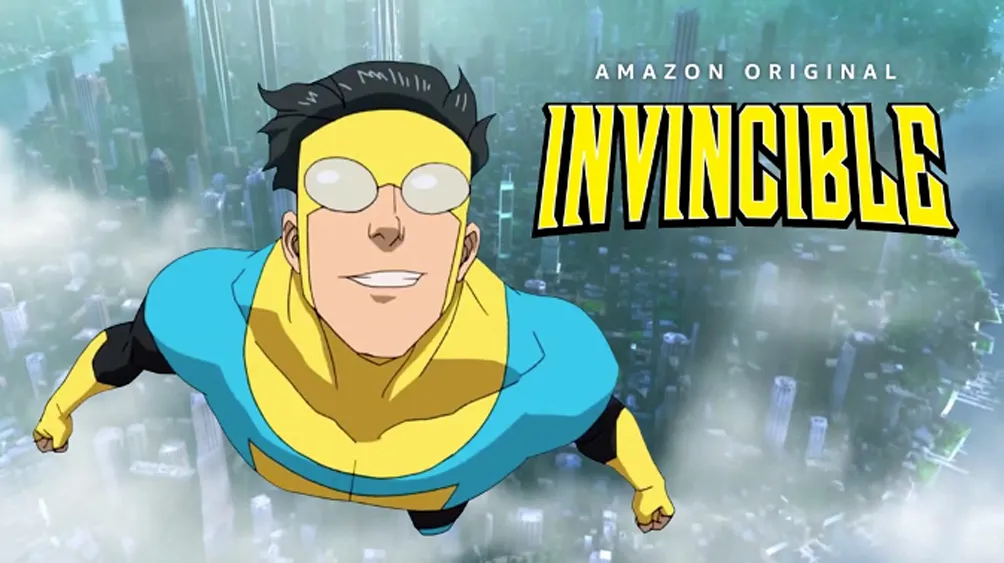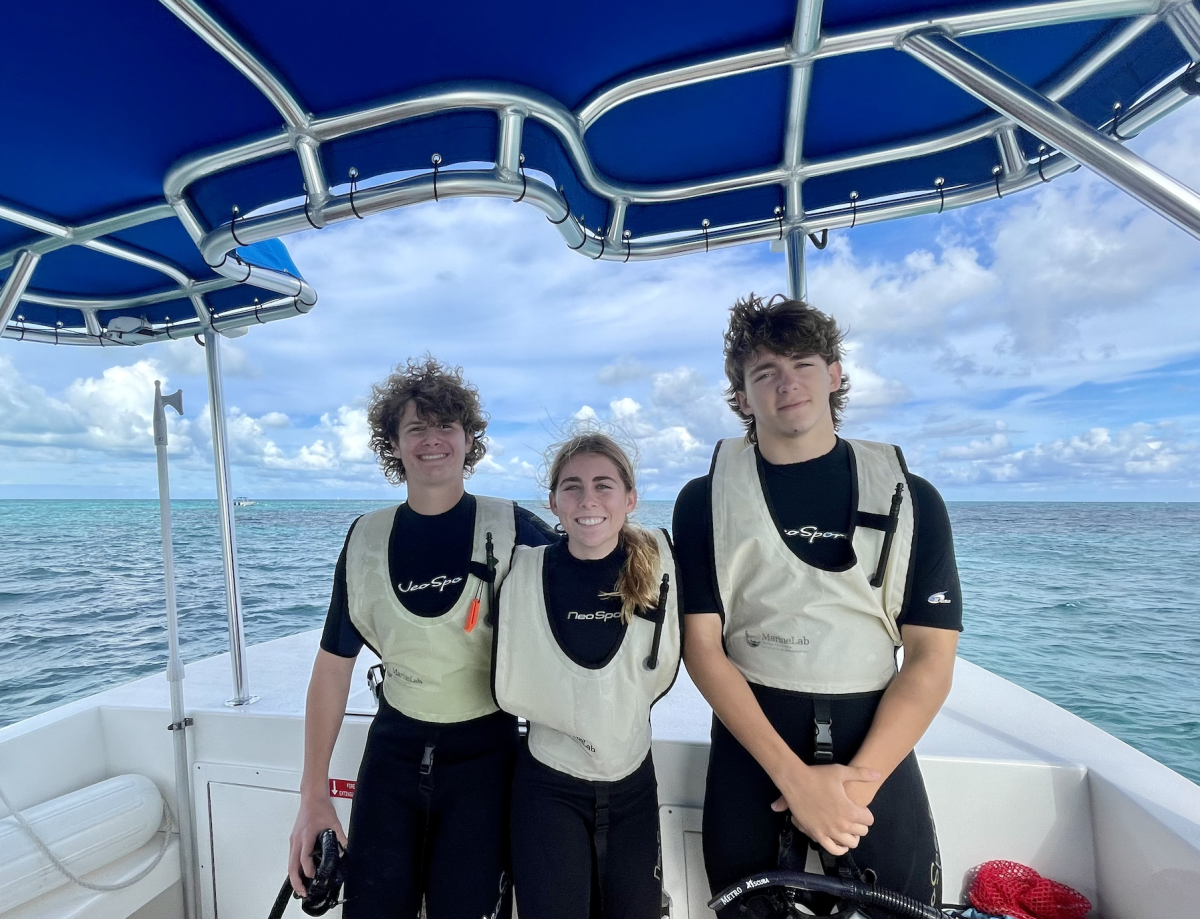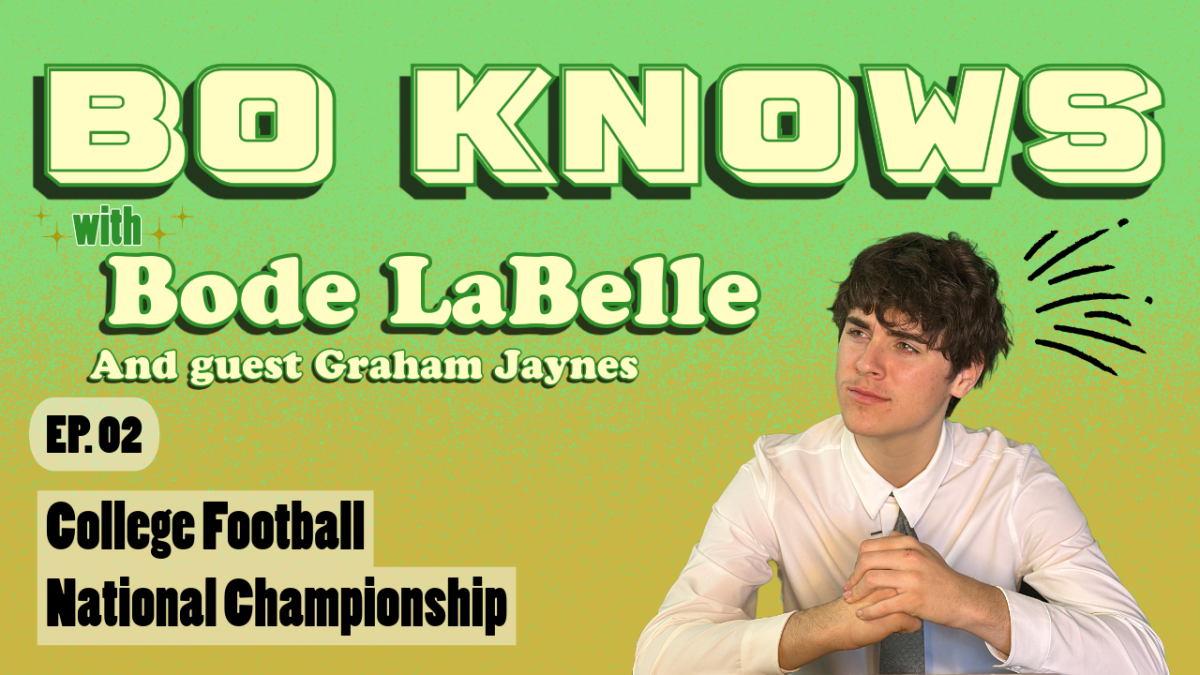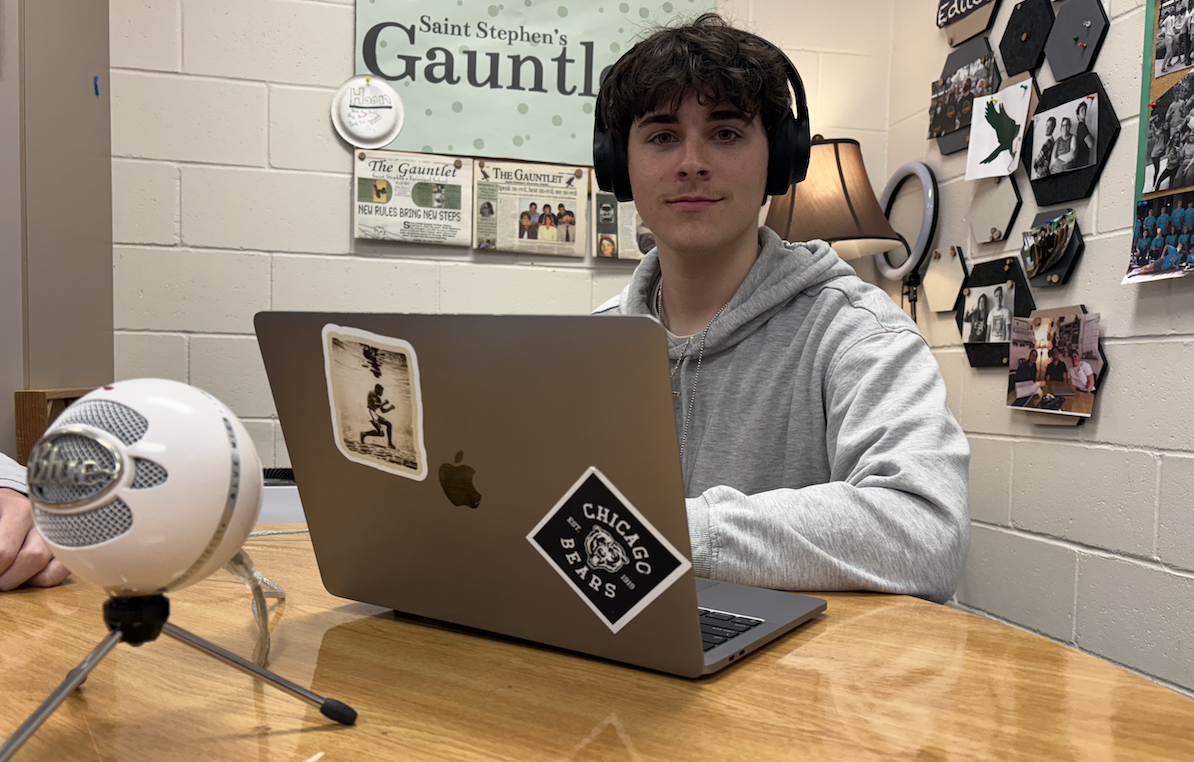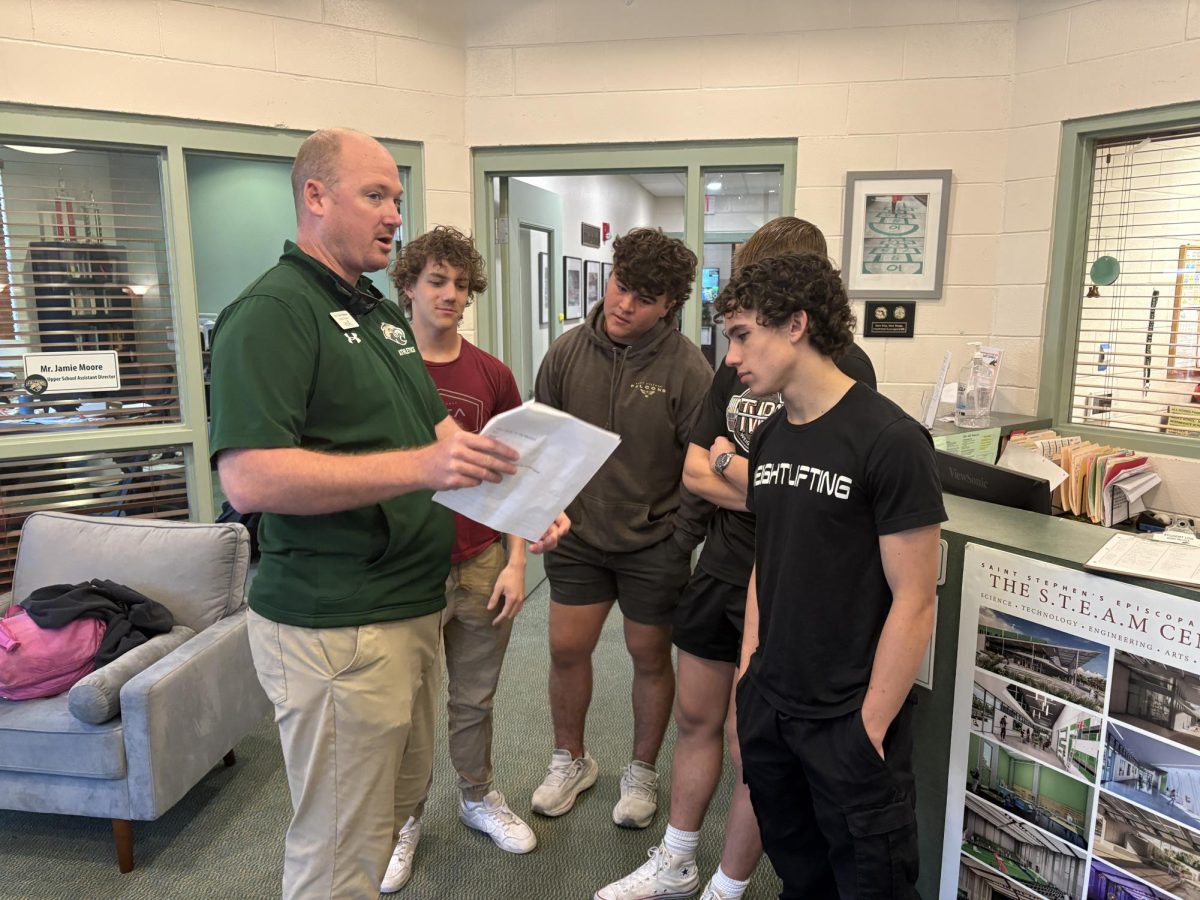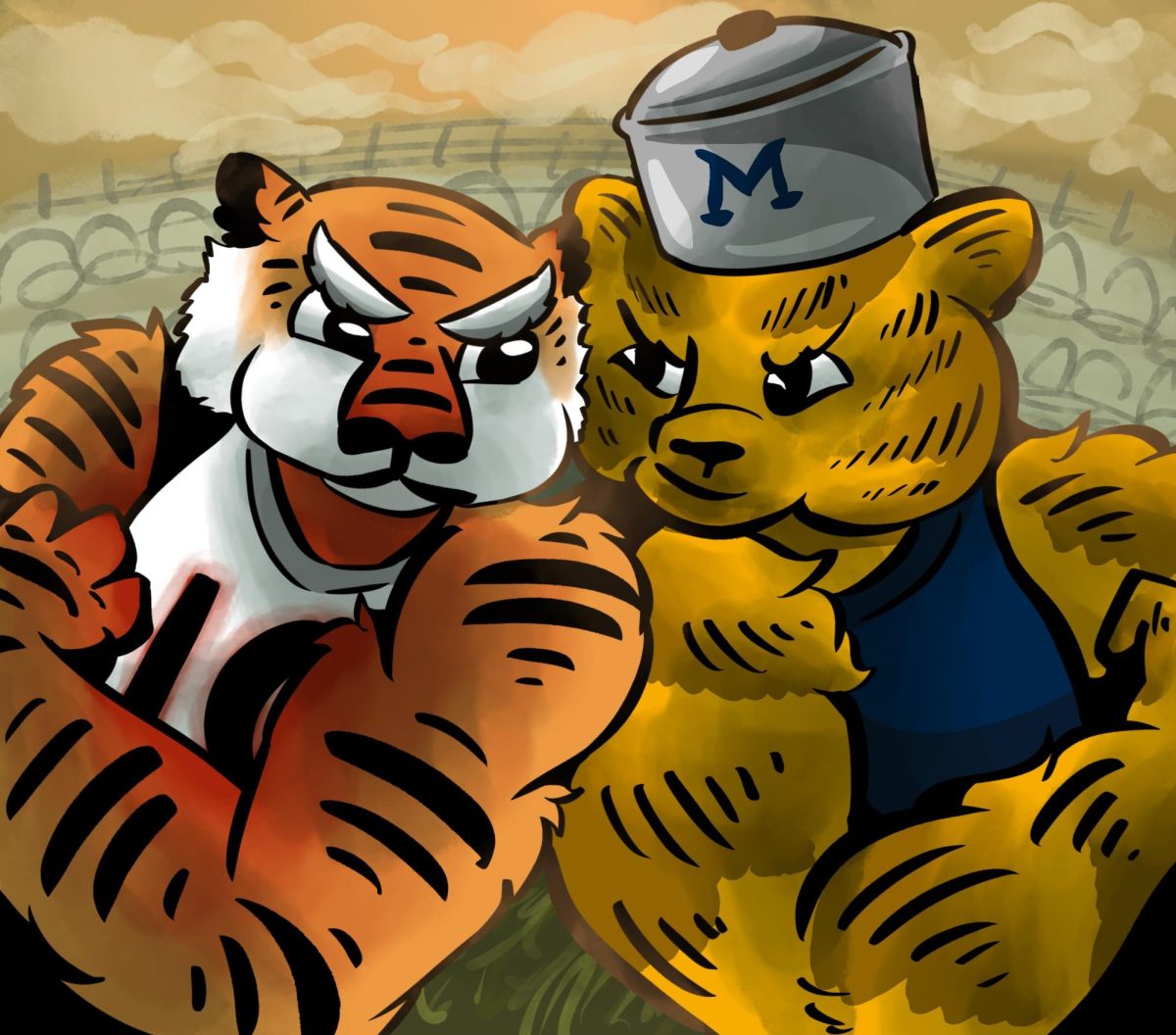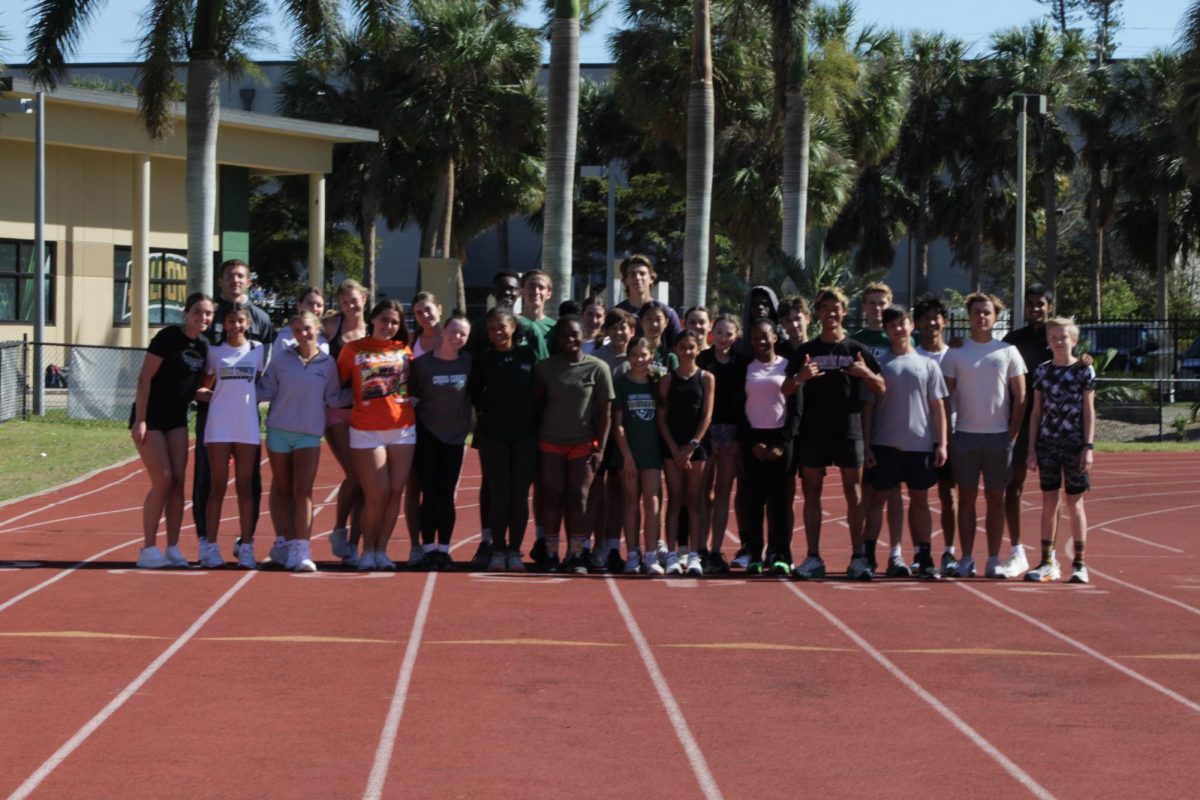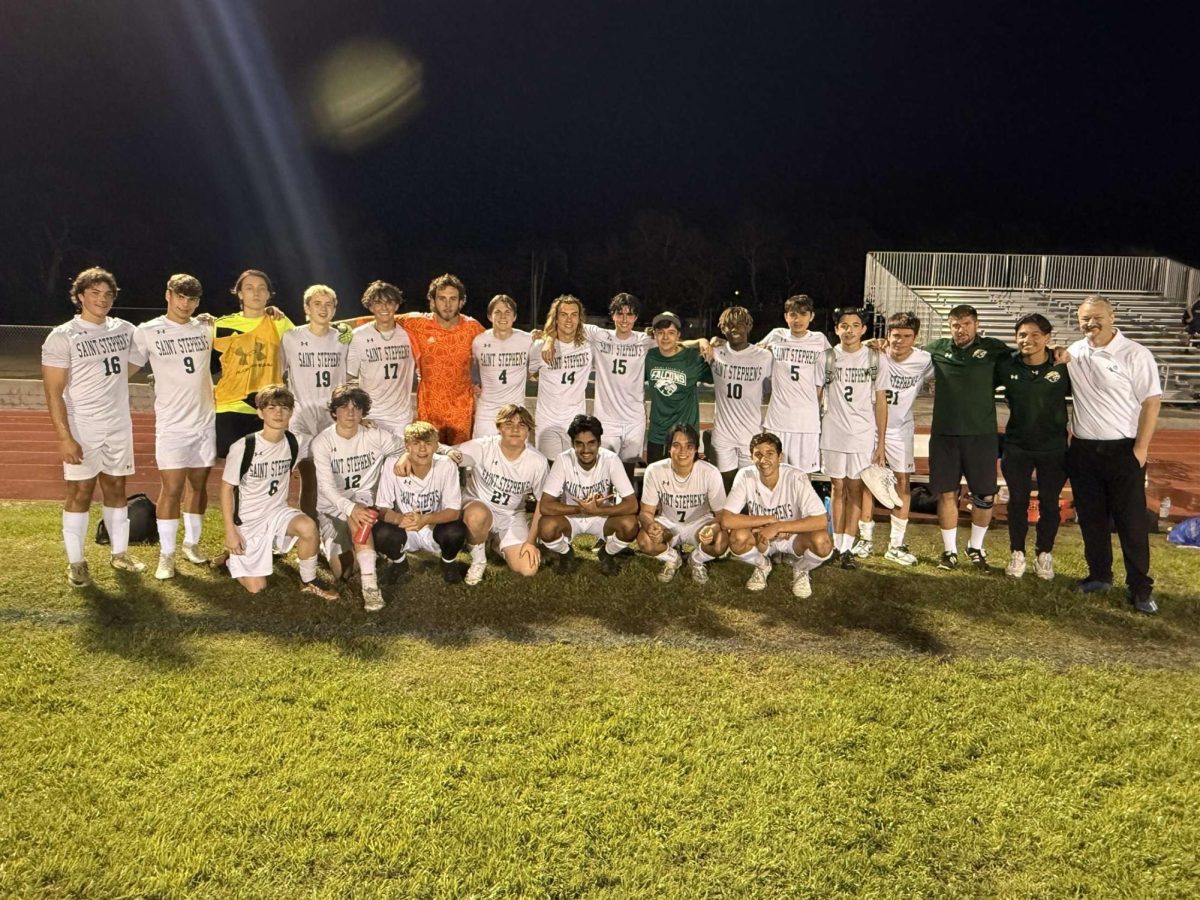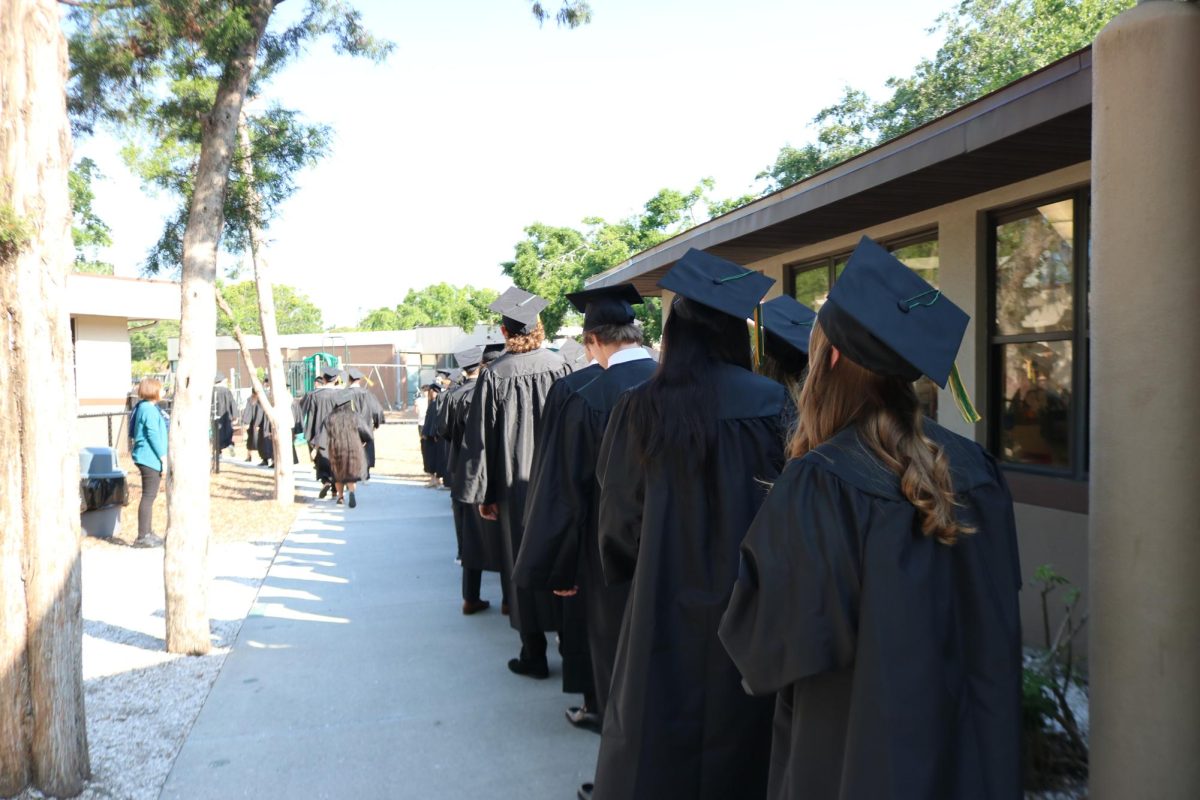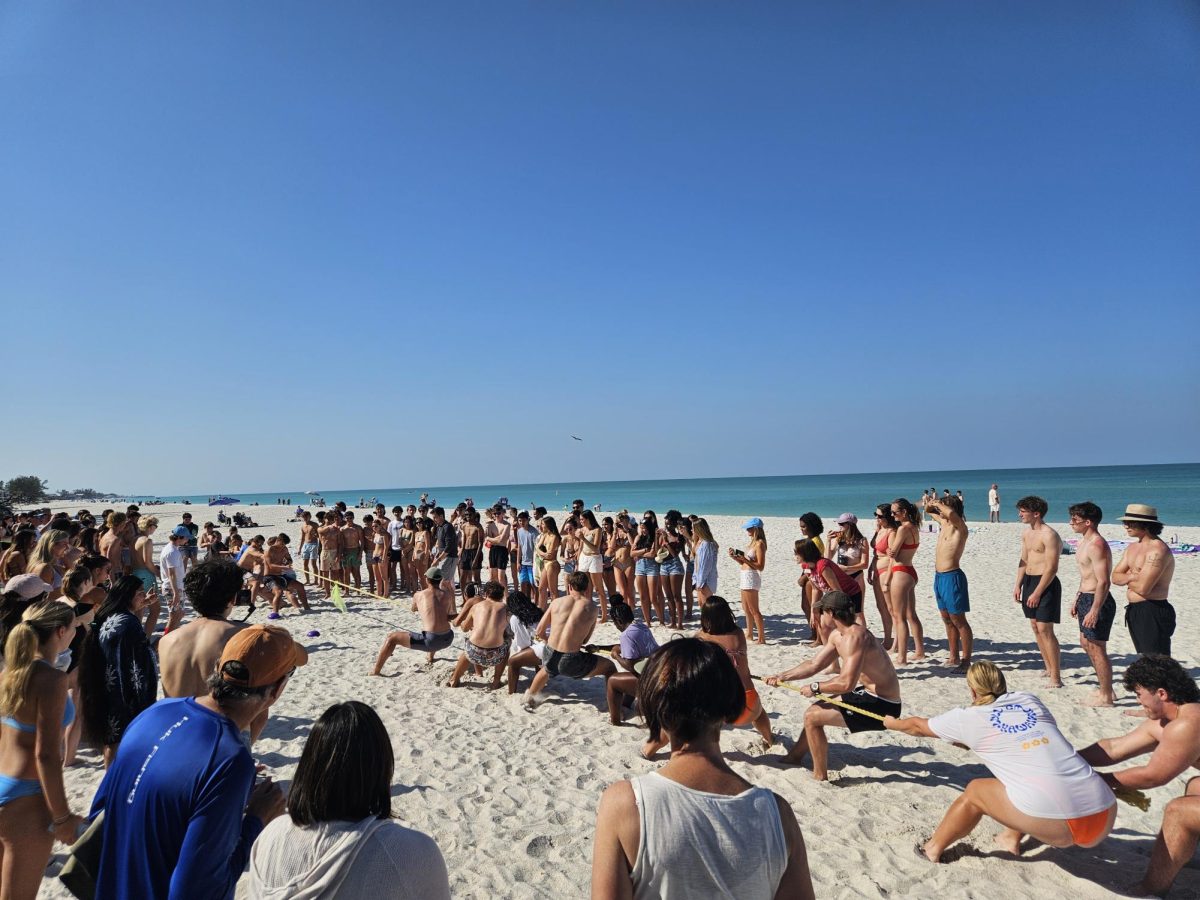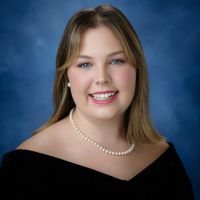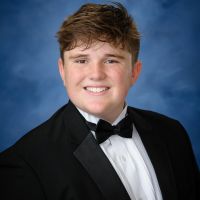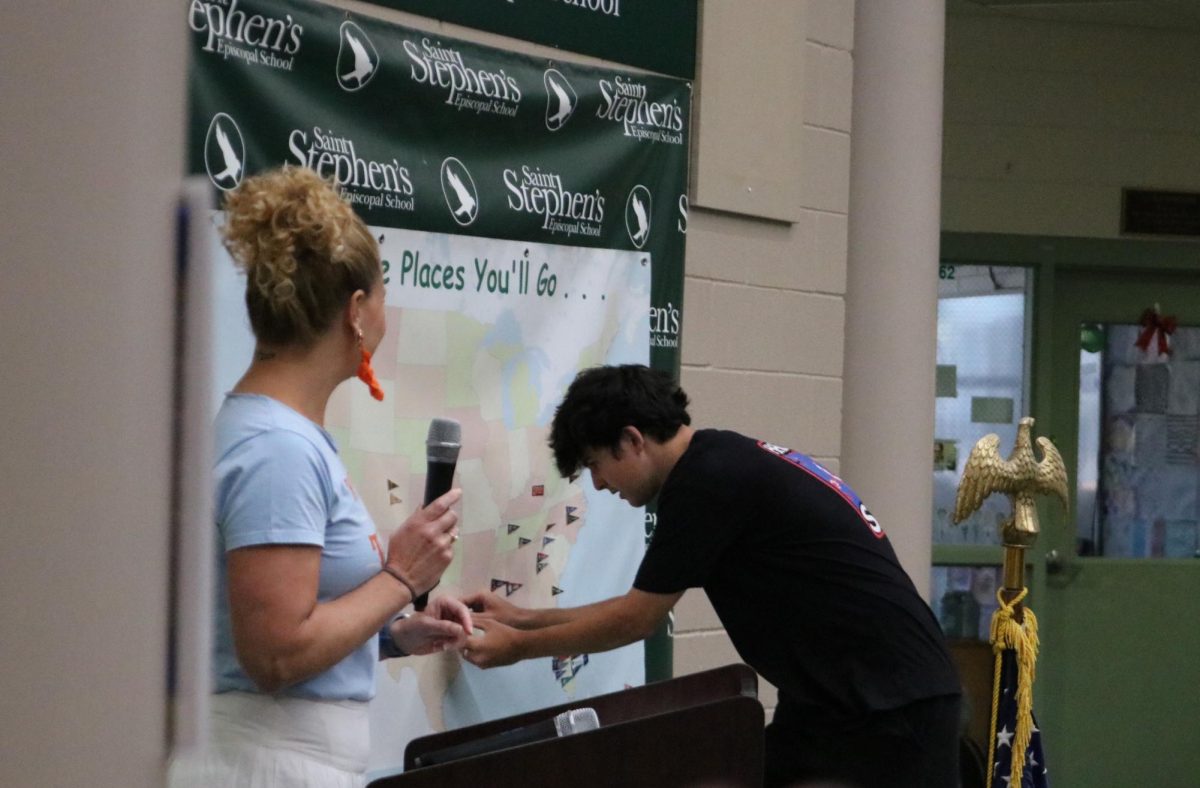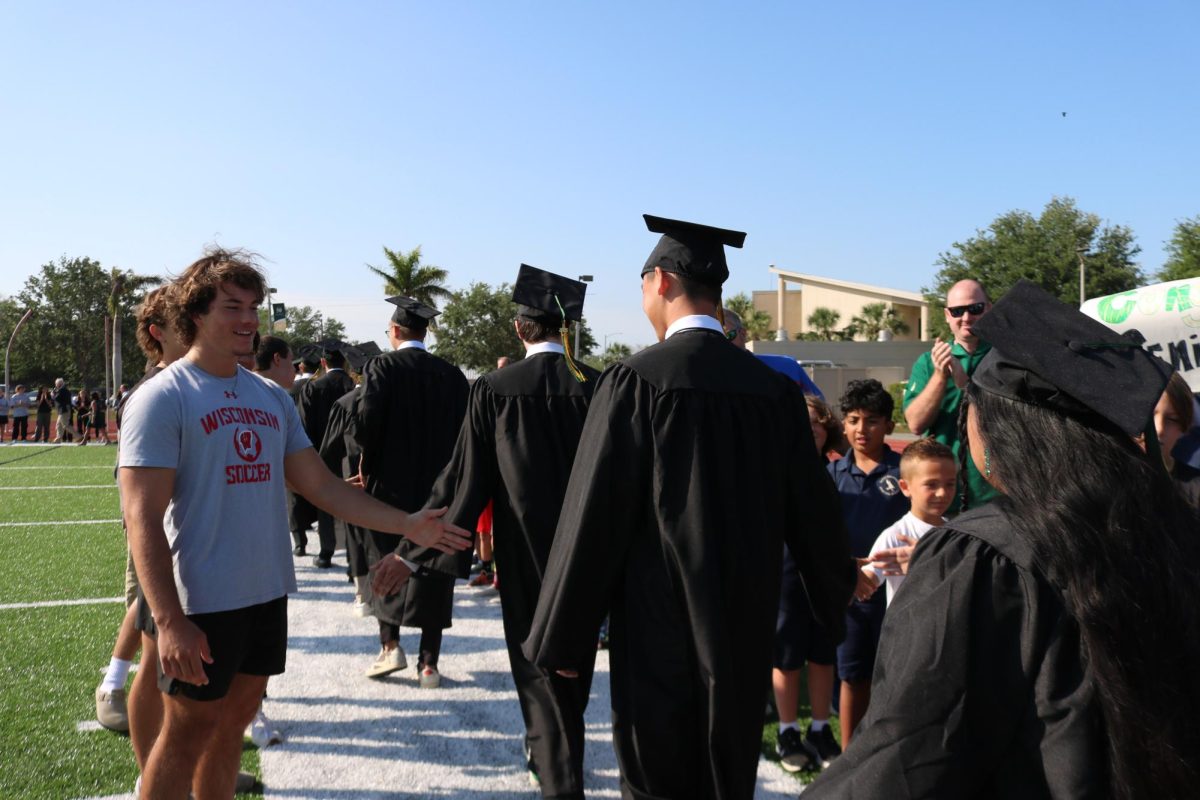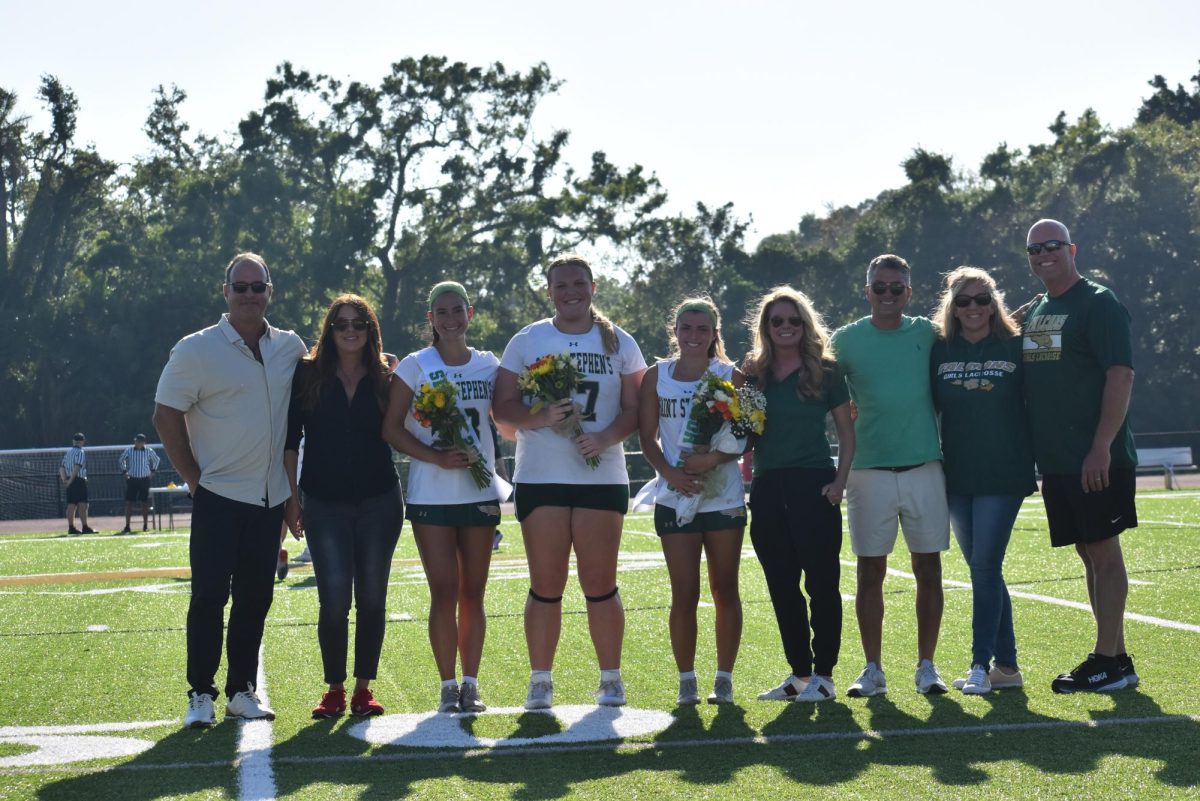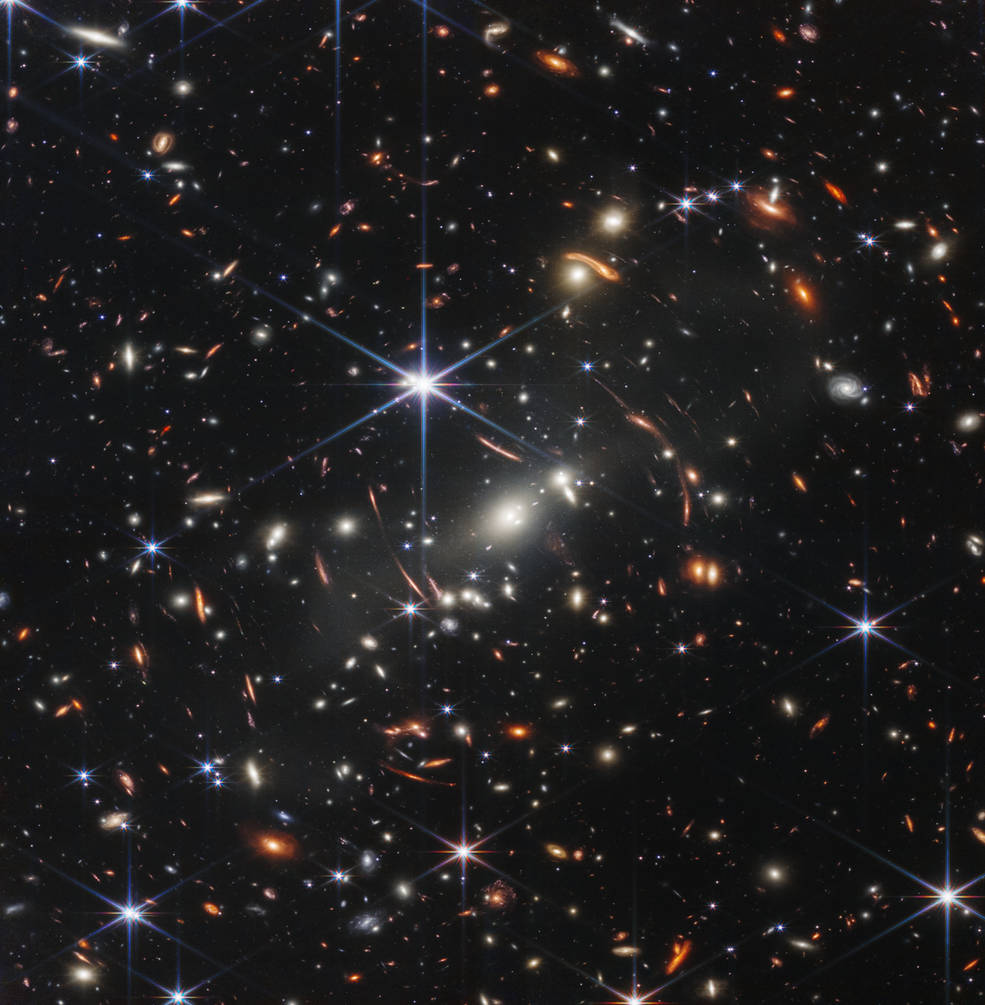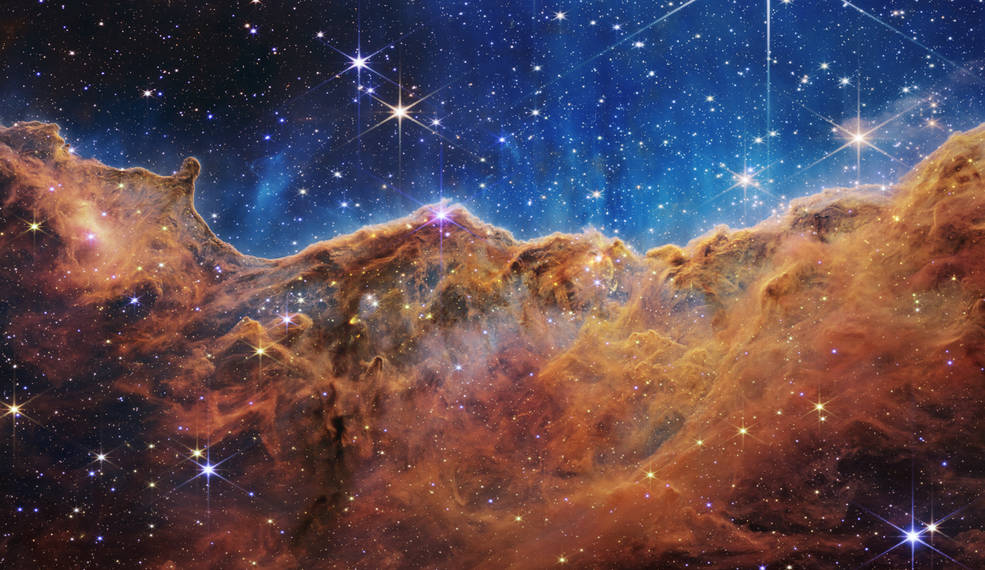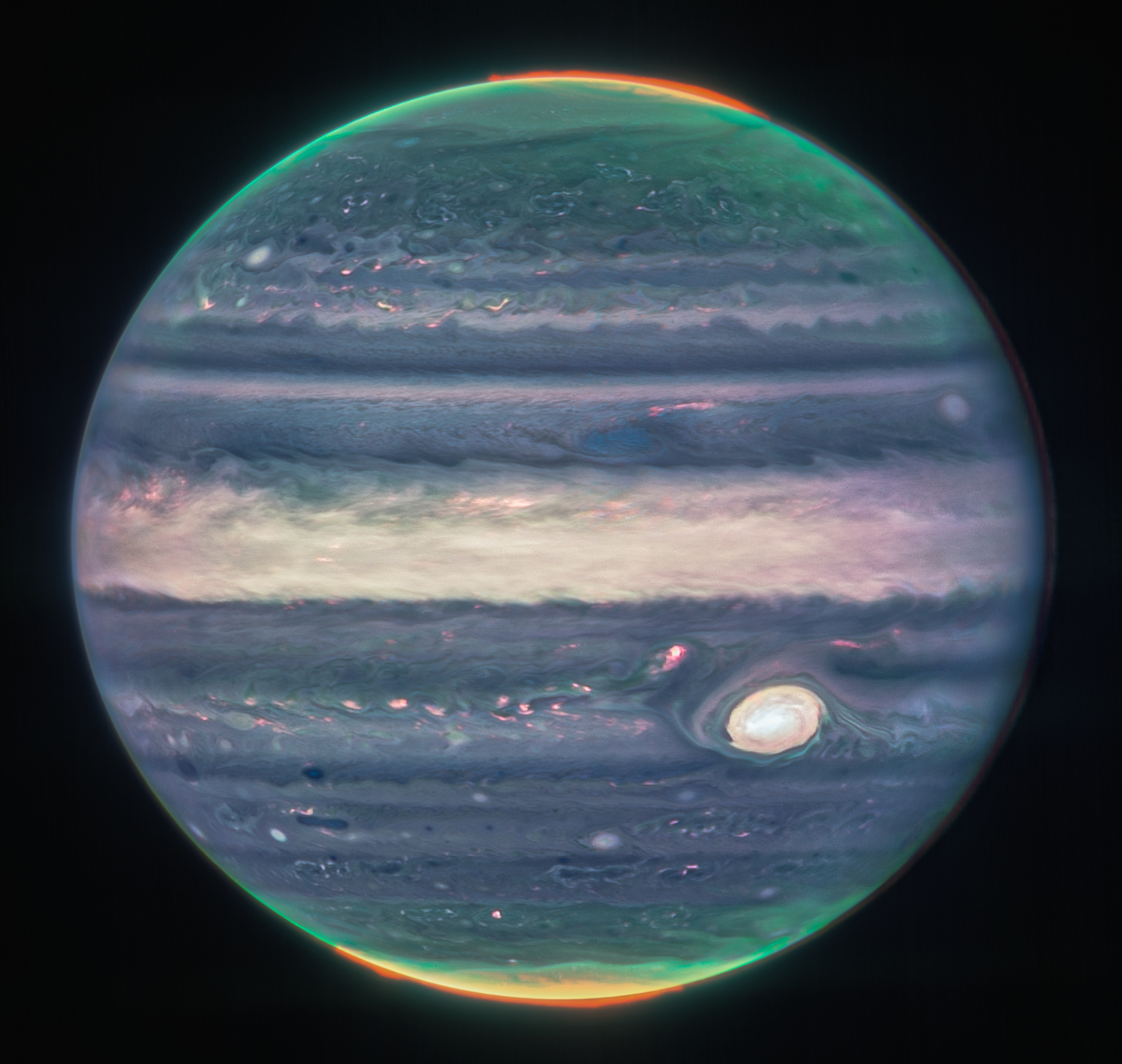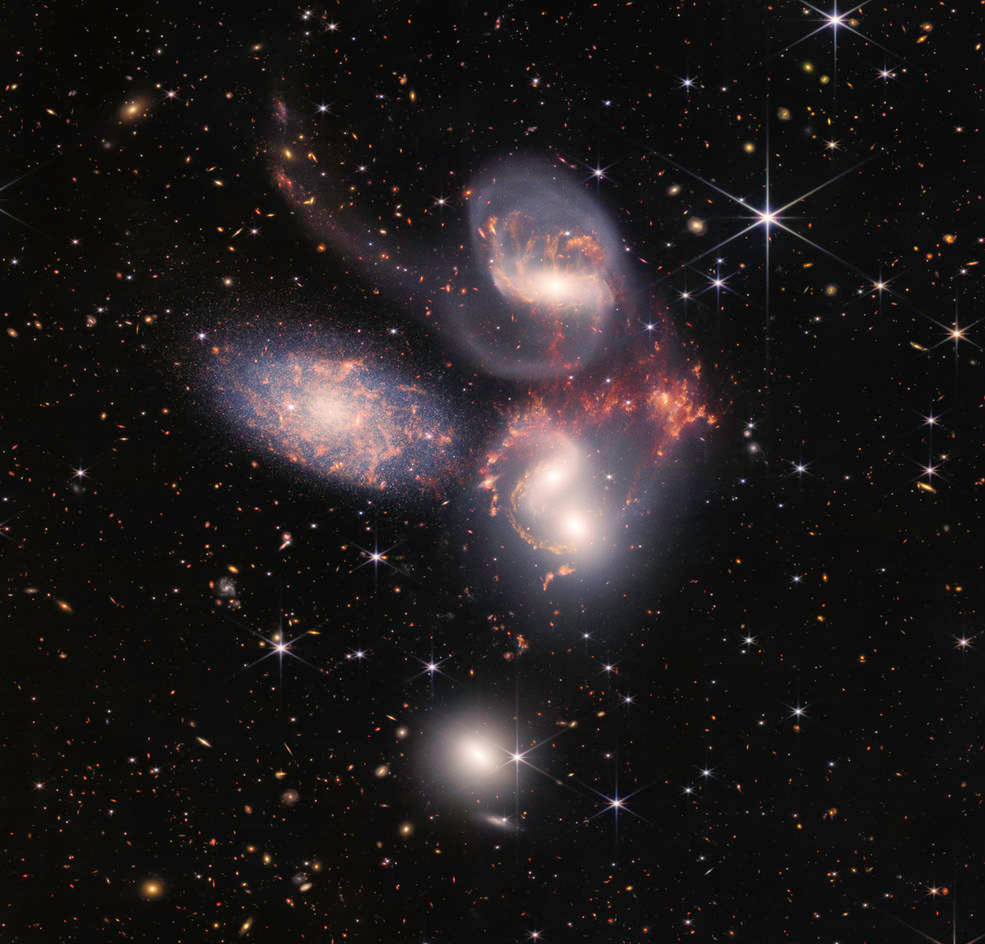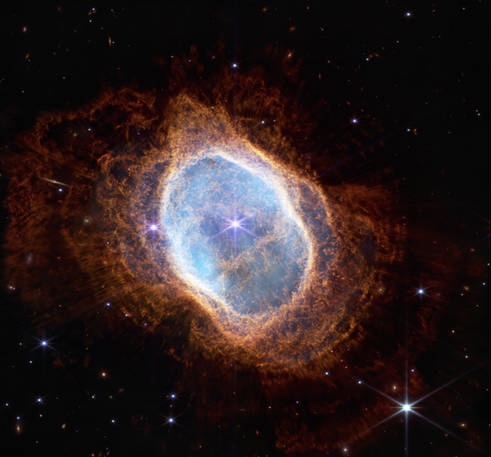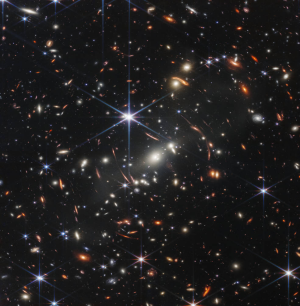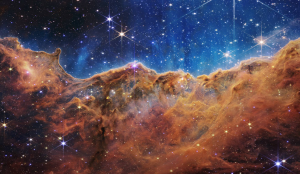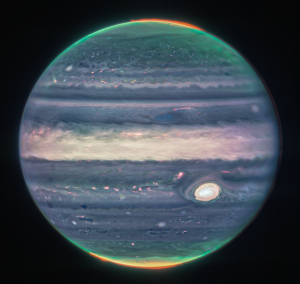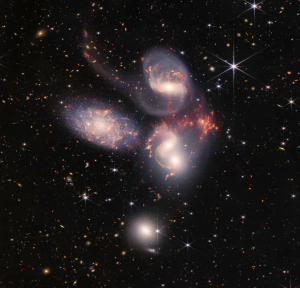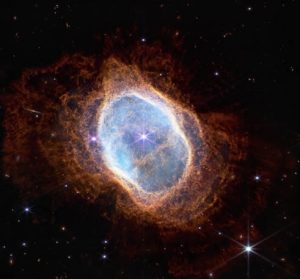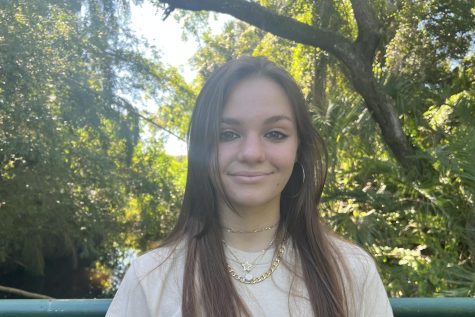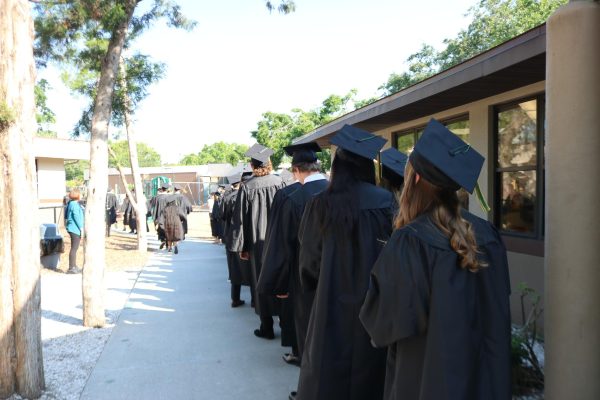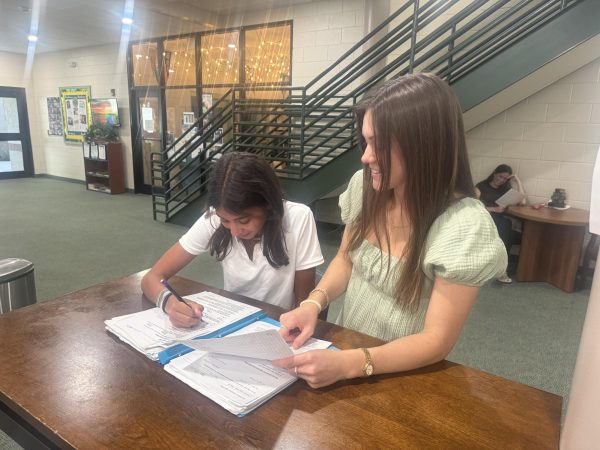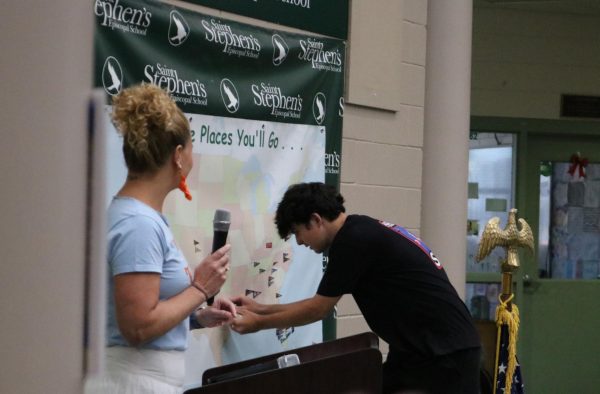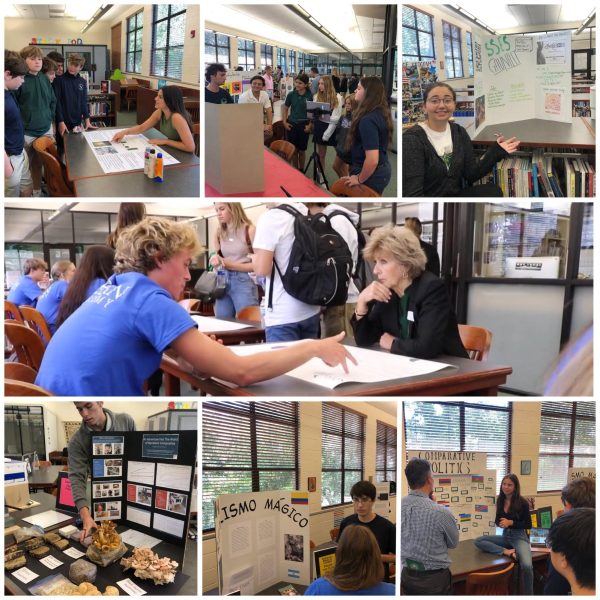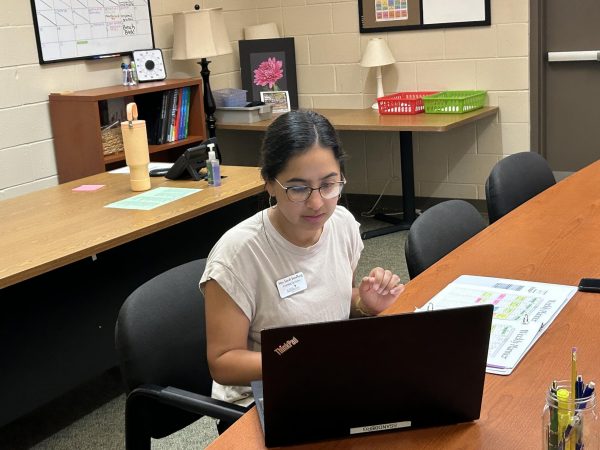Why Astronomy Rocks
It’s an exciting time to be interested in astronomy, and author Aly Folkens turned her passion into an independent study.
November 18, 2022
Astronomy is the study of everything beyond the earth’s atmosphere, covering more physical material than any other subject. There’s so much beyond our sky including moons, meteors, black holes, and stars it’s hard to imagine. But every flash across the night sky has made me wonder about what lies beyond. Over high school I’ve been introduced to astronomy through some history lessons and research projects, but I craved to learn more. So, when I found out Saint Stephens offers seniors to take an independent study and learn about a subject not offered in the curriculum, I acted fast. I asked the physics teacher Mr. Carlson, who taught an astronomy class in the past when it was offered at Saint Stephen’s, if he would be willing to teach me.
Now, I spend every sixth period learning about so much more than I could have imagined as part of an independent study on astronomy. In just the past four months, I’ve learned some basics about orbits, planets, moons, asteroids, comets, and interstellar matter. Also about how we study the sky, including the history of astronomy and how to detect different things in space from earth. I’ve gone back in time and learned how solar systems, planets, moons, and stars came into being.
There’s no doubt in my mind that I picked a great time to start diving deeper into astronomy. Because of the exponential growth in technological advancement, astronomers have been learning and accomplishing things at an exponential rate, too. Government agencies and companies like NASA and SpaceX are doing groundbreaking research with exciting results. Most people haven’t even heard that three years ago at Arizona University, astronomers took the first picture of a real black hole. How cool is that? There is absolutely no time to study astronomy like the present.
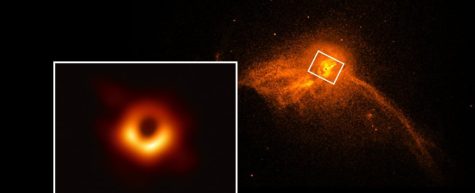
And it’s only going to get cooler, especially with the launch of the James Webb Space Telescope by Nasa in 2021. Recently, the Webb detected clear signs of water on an exoplanet (a planet outside of our solar system) for the first time. Water on the planet might indicate alien life! While telescopes like Hubble have taken many observations on exoplanets’ atmospheres in the past, the immediate and incredibly detailed observation of the James Webb telescope was a huge step in finding other planets like earth.
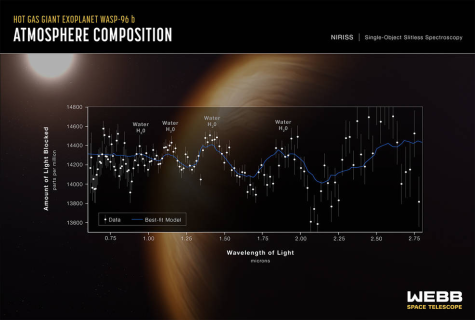
Along with detailed research information, telescopes like James Webb take beautiful photos of the stars that truly show their beauty (see below for a photo gallery from the James Webb showing its precision). Photos like these help with research, but I also feel that they are a good expression of astronomy and prove just how interesting the subject is. Astronomers a hundred years ago would have never imagined the detail telescopes today can receive, so it’s crazy to imagine where scientists will be in the future. More and more discoveries are being made and I am excited to keep following along and hopefully be a part of some of the progress some day. I encourage everyone else to stay updated with what’s going on out there in the universe, and maybe even look into the subject more and talk to Mr. Carlson if you’re interested.
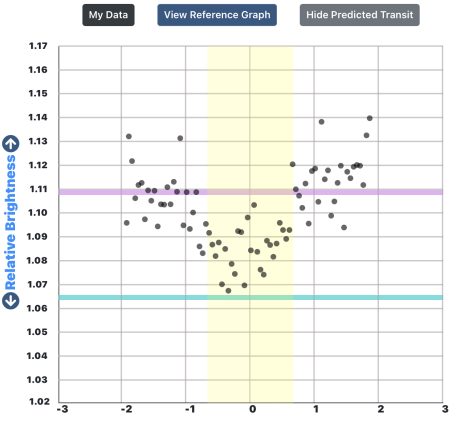
On the same note, the experience of choosing an independent study has impacted me in all the best ways. I’ve never been excited to do school work or go to class until I was able to learn about a subject specific to my interests. And getting to choose how I want to be taught the information makes it so much easier to learn as I can do so in the way that works best for me. Part of my responsibility in this independent study, in the end, will be to make a formal presentation that expresses the information I have learned in the class and present to important administration members. For my presentation, I’ve recently been sending information to a NASA telescope to take photos of a certain star for me. I’ve then looked at these numerous photos and studied their brightness over time, allowing me to make a graph showing evidence of an existing exoplanet orbiting the star. It feels amazing to be getting data and doing work the same way real astronomers do.
Also, If you want to get up early with me, I’m going to be watching a meteor shower shooting across Bradenton’s skies on November 19th and 20th, when they are most visible before dawn. Astronomy is closer than you think.


